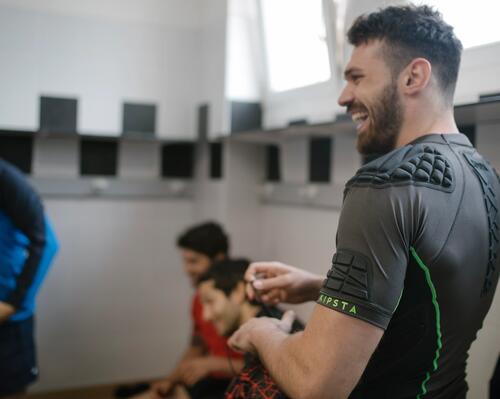Our best advice for getting fit again is to use the R.I.C.E. method. Promoted by health and rehabilitation experts, R.I.C.E. involves four essential phases in recovering from minor injuries. It is a fairly simple process:
REST
Step 1:
Allow the affected area to rest.
ICE
Step 2:
You should try to get ice on the affected almost as soon as you start resting it.
It helps with the initial recovery and prevents the muscle from becoming too inflamed.
COMPRESSION
Step 3:
Compression has a big part to play in preventing the affected area from swelling.
It helps create the conditions that aid recovery.
ELEVATION
Step 4:
Keeping the injured body part raised will help it recover.
Can help reduce swelling.
Remember to elevate the affected area as soon as you sit or lie down.










